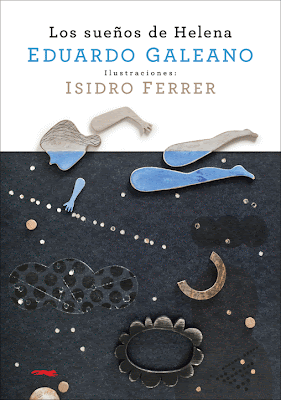Ernest Hemingway
Pere Ginard (Illustrations)
It is Easter Sunday 1938. At a pontoon bridge across the Ebro river during the Spanish Civil War, an army scout encounter an old man who seems anchored to bridge, where people are crossing to escape the war zone. In the middle of a military action, the old man, who was only taking care of his animals, has been forced to leave his hometown. He is disoriented, confused and too tired to go any further. He will probably die at the bridge. Another innocent victim who has been uprooted and displaced by the war.
The epilogue of Ian Gibson, a specialist in Contemporary History, offers an accurate and rigorous contextualization of the facts underlying the Hemingway story.





















































